And I promise more home decor posts are coming. Very, very soon. Hang in there!
We started off our visit to Seattle with a visit to the city’s birthplace, Pioneer Square, which is now a National Historic District.
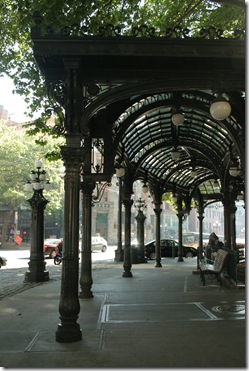
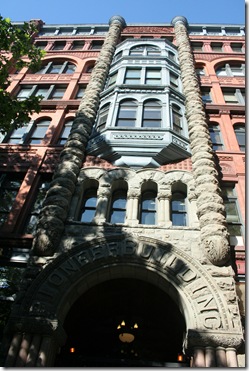

Can you believe the first floor of that building is actually below street level? No, not the basement. The first floor. It’s time for a Seattle history lesson, folks. Stick around – it’s a little nutty.
Seattle was founded on soggy tideflats and the early founders used sawdust from a local mill as filler. You didn’t know sawdust is an architecturally strong material, did you? The streets often flooded, and gravity-assisted flush toilets would reverse at high tide. Not a pretty situation. In 1889 the town’s wooden buildings and streets were destroyed in the Great Seattle Fire, which was the best thing to happen to Seattle, according to historians. After that, the city mandated that all structures be built of stone or brick and that new streets be built above the flood zone. Since planning and executing infrastructures like that takes a few years, the local businessmen went ahead and quickly rebuilt their stone or brick buildings after the fire at the original street level so they could start making money again. Yep, they built in the original muck of tideflats mixed with degrading sawdust. Once the new city streets were finished several years later, they were a story higher than the entrances to the town businesses. You think streets are unsafe for kids now? Hey, at least they can’t just fall off the edge of the street to the sidewalk a story below. The city was forced to install ladders at each intersection so that the citizens could use the streets, but could also get to sidewalks and business entrances below. How would you like to climb a ladder in your corset and hoop skirt to get to the store or the doctor’s office? Eventually new sidewalks were built to run parallel with the streets, and new entrances to the buildings had to be created out of the former second story. In this process, the original sidewalks were covered, forming the Seattle Underground. It was still accessible for a long time and many people utilized the covered, below-street-level sidewalks, which were protected from rain and other weather issues. After a while, however, the Underground became a seedy place and was closed up until the 1960s when it was re-opened for tours.
Interesting history, huh? I learned that whole story from our guide during Bill Speidel’s Underground Tour. We went down into the Seattle Underground for an educational and entertaining look into Seattle’s past. In the photo below, you can see the brick building facade to the right of the original sidewalk.

There are even still some artifacts left in the Underground from the businesses from long ago.

You can also see the underside of the glass cubes built into the sidewalks, which lit the Underground in the daytime, acting as skylights.
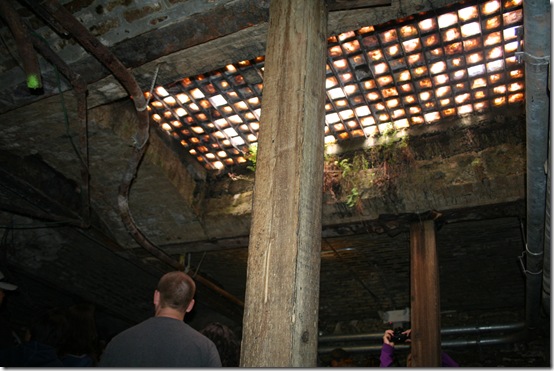
Here’s what the glass looks like topside. What used to be clear has turned purple from the manganese in the glass.
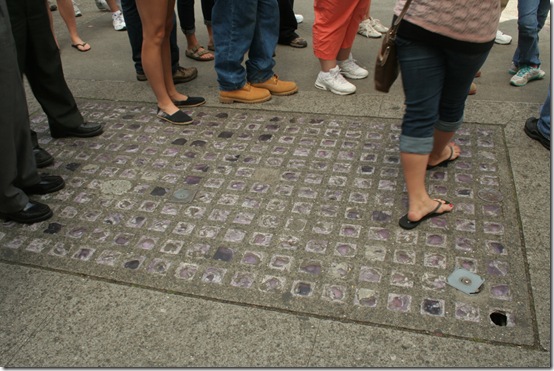
After the Underground Tour, we went up, up the old-timey elevator in Smith Tower, which, at 42 stories, was once the tallest building on the west coast. It’s said to be a much better lookout spot than the Space Needle, by the way. And it was only a few bucks per person, rather than the arm and leg you have to pay at the Space Needle.
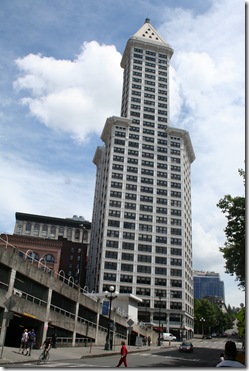
Here’s a view between the hi-rises of the ol’ Space Needle from Smith Tower.
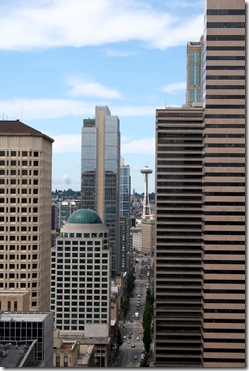
On another side of the building is Qwest Field (which is technically CenturyLink Field as of June 2011), home of Seattle Seahawks (NFL football) and and Seattle Sounders (MLS soccer). Apparently soccer is really big in Seattle, with more fans than football. Truthfully, I had no idea that existed anywhere in the U.S., but I’m glad to hear it. I’ve always had a thing for soccer guys. Maybe I need to move to Seattle. You think The Mr. would mind? Oh, and behind formerly-Qwest Field is Safeco Field, home to the Seattle Mariners (MLB baseball).
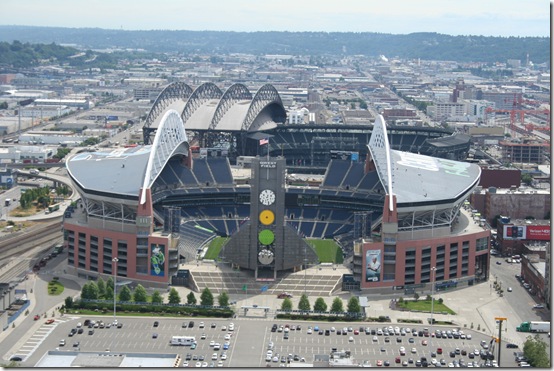
On another side of the building is a bird’s-eye view of Pioneers Square. The red and blue Pioneer Building, which can be seen in the lower right quadrant of the photo below is featured in several closer-up photos above.
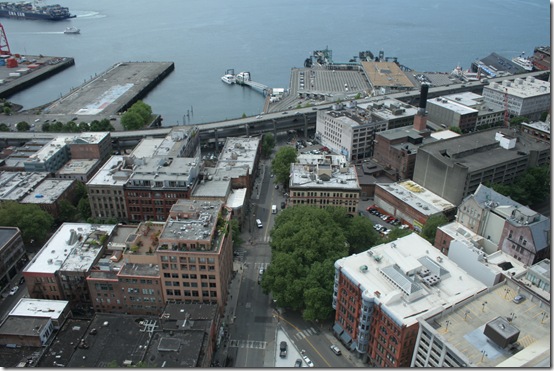
Back down at street level, we have a few additional Pioneer Square sights. First, we have a Honey Bucket found outside Tat’s Delicatessen (which The Mr. raved about by the way – Tat’s, not the HB). Why the port-o-potties are called Honey Buckets around Seattle I don’t know, but I obviously found it amusing enough to pose for a photo outside one. Pardon the pasty white legs.

Second, in Occidental Park we came upon an art installation involving what looked like leg warmers, which were knitted directly onto the trees and posts. Hey, temps were in the ‘60s in July, so maybe they were chilly?
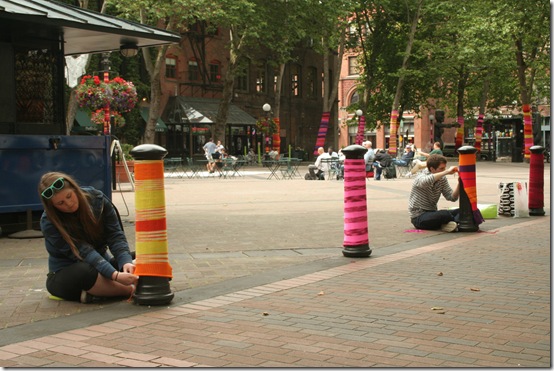
Third, here’s some home decor for you, courtesy of Agate Designs, who sells natural crystals, gems, minerals and fossils. I wanted to take home these bookends, but they were a bit pricey at just under $100. Isn’t nature gorgeous, though?
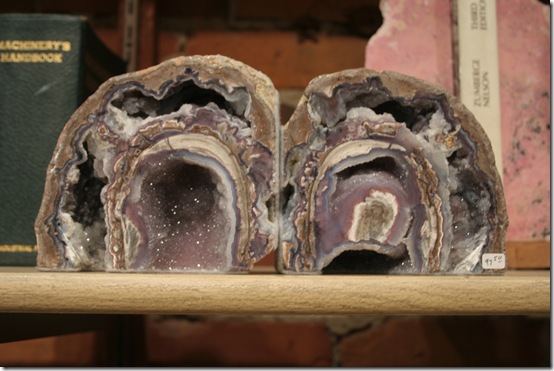
After Pioneer Square, we headed for some quiet time in the library. Kidding. Sort of. Seattle’s Central Library is actually the loudest I’ve ever been to, and I’m not talking sounds. I’m talking colors. The escalator is chartreuse. Fun! And how many libraries do you know that have escalators?
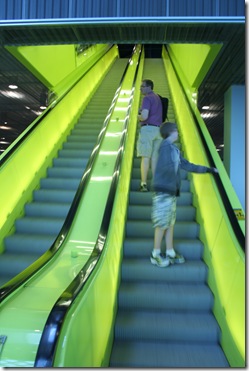
There’s also a corridor with red lining the walls, floors and ceiling.
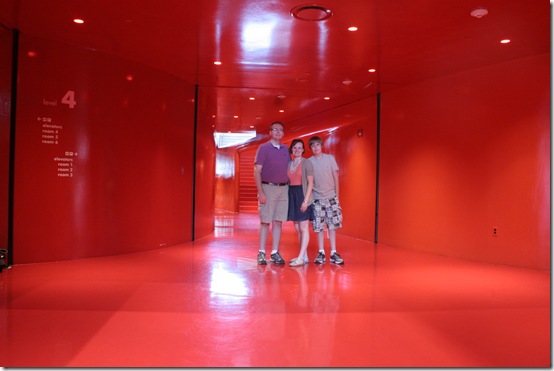
Have you ever seen a library with modern architecture like this?
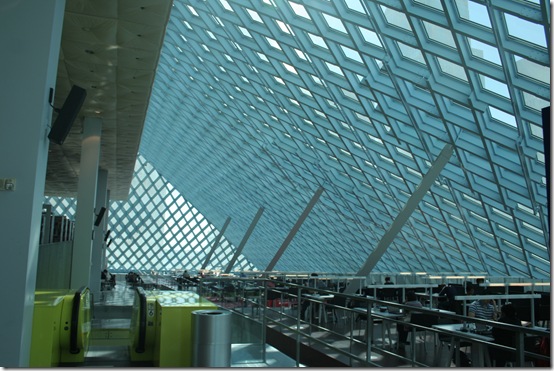
Now, of course, no stop to Seattle would be complete without a stop at Pike Place Market on the waterfront. We got the must-have photo to start it off.
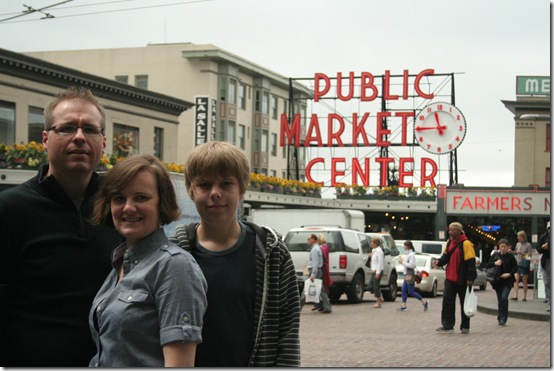
And we had to see the famous fish slingers at the Pike Place Fish Company. It’s quite a spectacle.
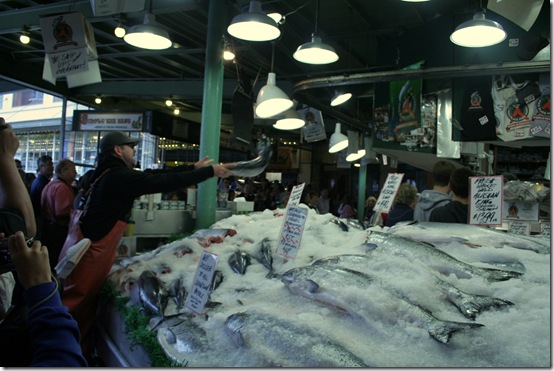
Our favorite part, actually, was listening to the buskers. These guys are from a folk band called The Tallboys.

We spent a few minutes in Olympic Sculpture Park, up the waterfront from Pike Place Market. And when I say “a few minutes,” I mean we were bored out of our minds. I’m sure it’s a lovely place to picnic, and I don’t doubt the sculpture artists are talented, but there really wasn’t much to see, and it’s a bit out-of-the-way, just off the edge of downtown.
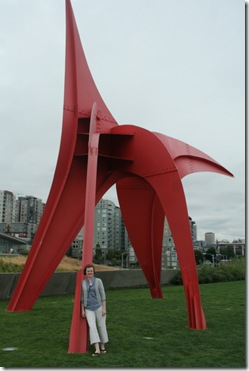
This exhibit was a bit creepy. Artists’ minds freak me out sometimes.
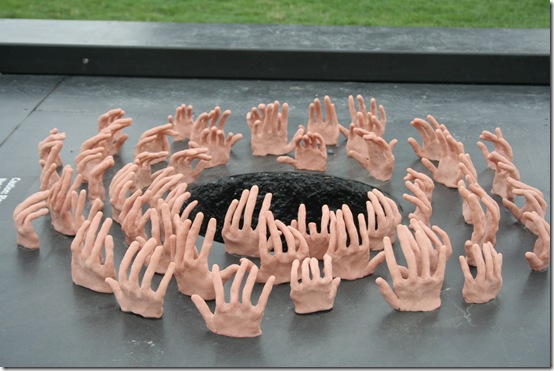
We walked a few blocks over to Seattle Center to catch a shuttle back to our hotel. While we were waiting under the Space Needle, police cars blocked the road to let these guys through. They were dressed like athletes and had an entourage of managers and photographers, so we knew they were a big deal, but we didn’t know why.
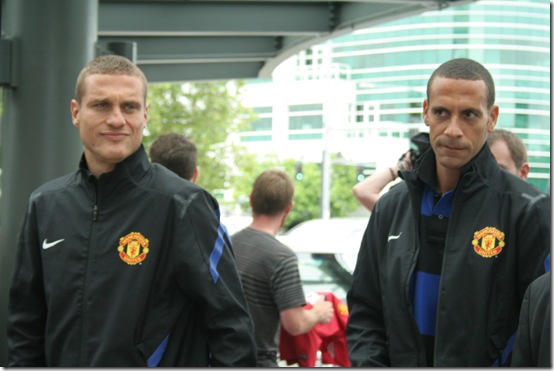
After they were safely inside the Needle, I found out they are Nemanja Vidic (left) and Rio Ferdinand (right) of the Manchester United soccer team, who were in town as part of their U.S. tour. Apparently they ARE a big deal, just not where we’re from. But, like I said, I do have a thing for soccer players, however these guys looked a little scary.
And this concludes the highlights from our explorations around downtown Seattle.
- Have you visited any of these locales?
- Got any stories to share?
- Are you aware that sawdust, in fact, is not a strong building material?
- Do you have a thing for dark, dank, underground passageways?
- Do you like pretty rocks or knitted tree-warmers?
- Any interest in fish flinging or catching?
- What do you think that red sculpture is?
- And, most importantly, do you have a thing for soccer players?
Hollie
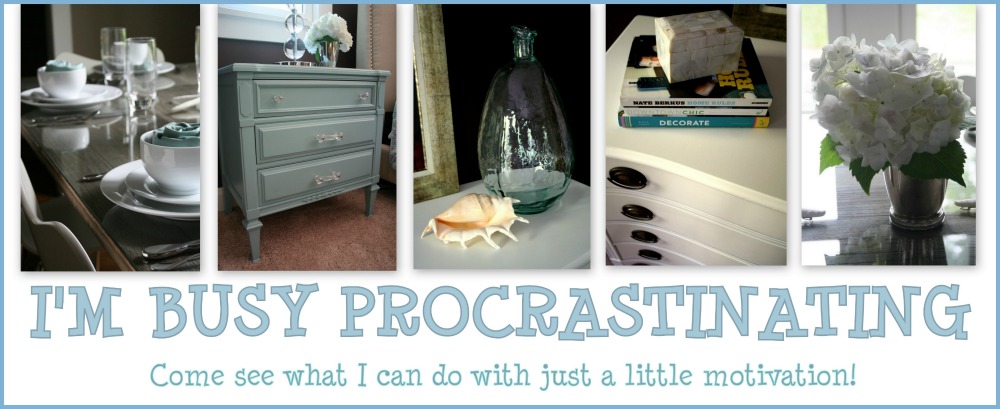
Thanks for the info on the underground in Seattle. I'm pretty sure I'll never get to see it and have never heard anything about it before. Beckham is a noteworthy, oogleworthy soccer player, right? And not so scary. His wife? mmmm? little scary, but fashionable, they say. :)
Reply-Ms. D
Vacationing in Seattle is a great place to be. This is an ultimate destination spot to be if you are looking for fun. Anyone who may need a ride, they should check out Seattle Town Car Service while your in one of the best cities in America!
Reply